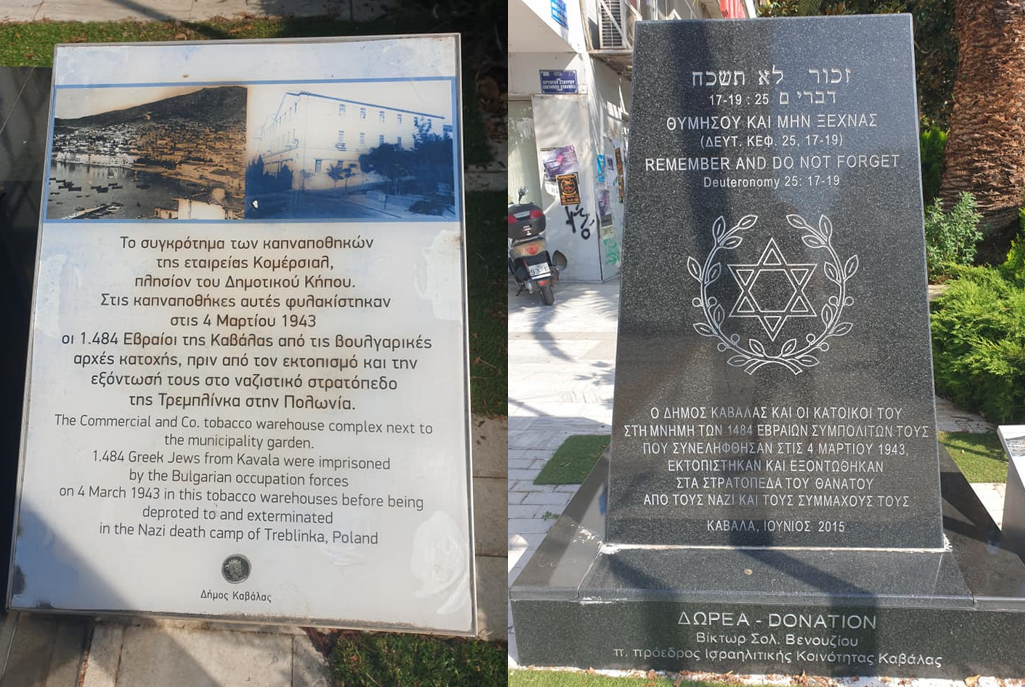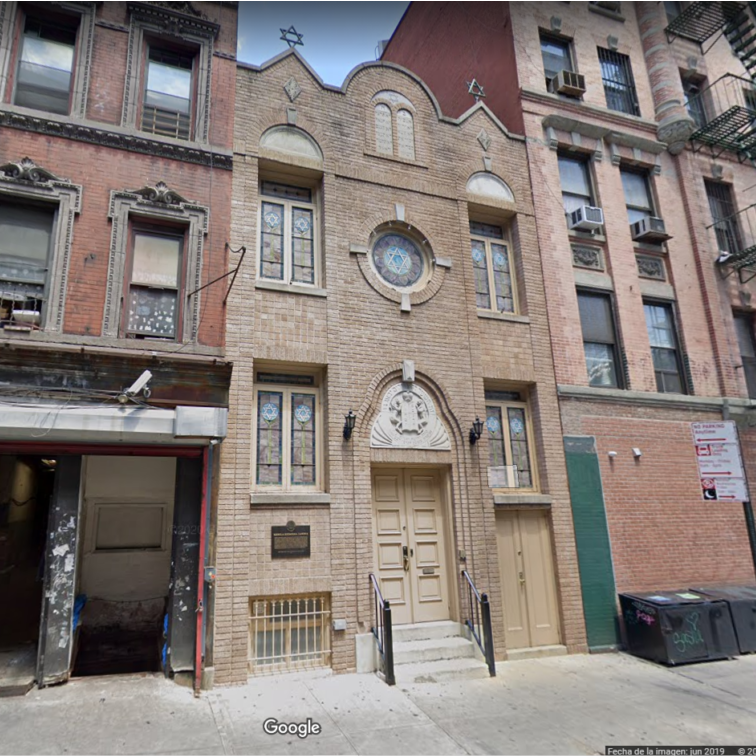September 3, 2021 – Shabbat… and Rosh Hashanah, are almost here!
L’Shana Tovah tikatevu! May you be inscribed in the book of life for a good year ??️
And today, we will listen to the prayer Et Shaare Ratzon with a Romaniote melody.
 Hello, how are you? I hope well. I came back from Greece last Monday. As I announced in the previous edition, I travelled to Kavala for the Cosmopolis Festival.
Hello, how are you? I hope well. I came back from Greece last Monday. As I announced in the previous edition, I travelled to Kavala for the Cosmopolis Festival. 

But today we have another very important topic! Rosh Hashanah is coming soon! I hope the new year brings you a lot of happiness and I hope that the piece chosen for today, especially for Rosh Hashanah, will please and inspire you.
? Do you like Music Before Shabbat?
Then, please, spread the word.
| Share this with a friend, right from here |
About the prayer with Romaniote melody
 In this previous edition, I explained that:
In this previous edition, I explained that:“According to the Kehila Kedosha Janina’s website, this is the only Romaniote synagogue in the Western Hemisphere. This congregation was first organized in New York in 1906 by Greek-speaking Romaniote Jews from the city of Ioannina in Northwestern Greece.” The recording we will listen to today is done by this “kehila kedosha”, or sacred community, of Ioanina, settled in New York, for the previous Rosh Hashanah. This building is their synagogue ? And this version they perform has a Romaniote melody.
You can find many recordings of this piece, Et Shaare Ratzon, with other melodies and styles. For instance, this by Yitzchak Elrov or this by Shimon Siboni or this one, by Ayelet Ori Benita, with a very nice videoclip.
About the author of the piyyut
According to the website of the Congregation Shearith Israel, about this piyyut: “Written by Judah ibn Abbas in the 12th century, this poem is a dramatic and emotional re-telling of the story of the binding of Isaac.”
About ibn Abbas, Hartwig Hirschfeld explains in the Jewish Encyclopedia that “He was the first Jew known by the name of Abbas; died at Mosulin 1163. His Arabic name was Abu al-Baga ibn Abbas al-Maghribi. Al-Ḥarizi (Taḥkemoni, Mak. iii.) states that Judah left the Maghreb and went to the East, where he lived now in Bagdad, and now in Aleppo […]”.
In Geni and other sources he is said to have been born in Fez, Morocco. He was the father of another recognized poet, Samuel ibn Judah b. Abbas from Fez.
About the content of the poem
“That is exactly the role of the piyut: to add the drama, the emotive content, which is sometimes missing in the “official” words of prayer. With that in mind, one can understand why, just before the shofar is blown, the Sephardim sing a piyut called Et Shaarei Ratson Lehipatach (The Time for the Gates of Will to Open). While the tale of the Binding of Isaac is related in a relatively brief form in the Torah, and without addressing the emotions involved to any great degree, this piyut expands on the story, adds details and, principally, accentuates the great drama and pain of the event.”
The complete text is very interesting, I really recommend it, so I link it here once more.
I hope you’ll enjoy the piece and start to get into the mood for Rosh Hashanah. The next time we will talk it will be a new Jewish year. I wish you to be written in the book of life for a happy year full of health and success.
It’s time to enjoy the music:
